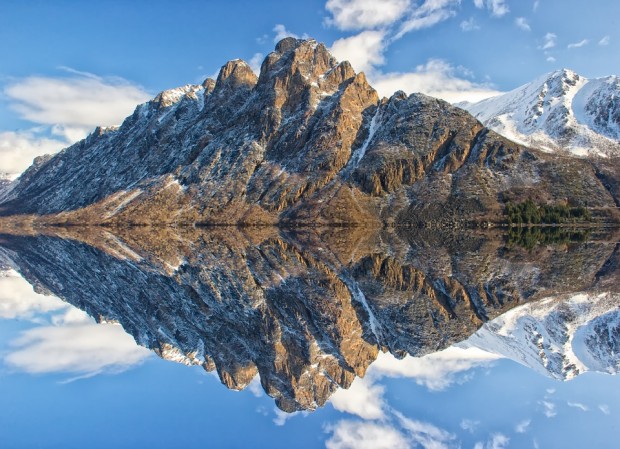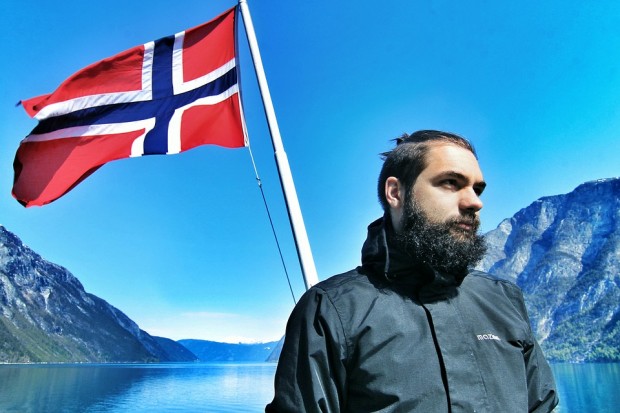Now that the world is facing severe climate changes in different parts of the world, everything seems to change. Not only that, but much evidence in the past is also starting to be revealed by nature itself.
Having an average altitude of around 1,800 meters, the Jotunheim Mountains of Norway is has one of the highest peaks in the world. However, what people don't know is patches of ice are starting to melt. For Norway people, they call it the Lendbreen ice patch, and according to them, this has been frozen all year-round, and every year it accumulates a new layer of ice.
However, in the past two decades, the ice has been slowly melting due to the harsh climate changes not only in the country but in the whole world as well.
Many ice lands across the world also face the same dilemma-- ice is starting to melt due to the climate getting hotter and hotter through time. While it could be a normal climate change issue to some icy parts in the world, for Lendbreen, melting ice is the same as Santa Claus existing.
Lendbreen Mountain, Norway
As the ice in the Lendbreen mountains is melting, it has also led to an amusing discovery of old and ancient artifacts. The findings were believed to have stuck in the pile of ice for thousands of years.
Many archaeologists have carefully and intently studied the artifacts and they confirmed that the whole region in the mountains was once occupied and passed by people about a thousand years ago.
They asaid that the layer beneath the ice also revealed some horseshoe tracks. The presence of horseshoes and other travel paraphernalia shows that the whole region was once a road of old Vikings.
However, the artifacts are still in the process of further examination and archaeologists have only studied a few of them. But, according to their first findings, the radiocarbon dating of the first 60 objects they studied showed that the region was heavily trafficked by people and their horses during the Middle Ages. This happened way before the Black Plague attacked the entire land of Europe in the 14th century.
The Viking Age
According to the researcher team who was assigned to examine the objects, the artifacts were exposed by the melted ice and it showed that the objects were used from CE 300-1500, and most of it was used frequently in the CE 1000 during the age of the Vikings. During that age, it was the time where mobility, political centralization, and an increasing number in trade and urbanization started to rise in Europe.
The artifacts found in Lendbreen shows new information and data about the socioeconomic factors that led to the high-elevation travel during the Viking Age. Also, it opens new knowledge of what are the purpose of the mountain roadways and passes in inter and intra-regional communication and exchange.
Through the years, there have only been little artifacts that were discovered in the region. In fact, during the 1970s and 80s, local archaeologists have reported and turned in some objects, including a brilliantly hand-crafted Viking Age spear. The spear was discovered in 1974.

 Share on Facebook
Share on Facebook
























